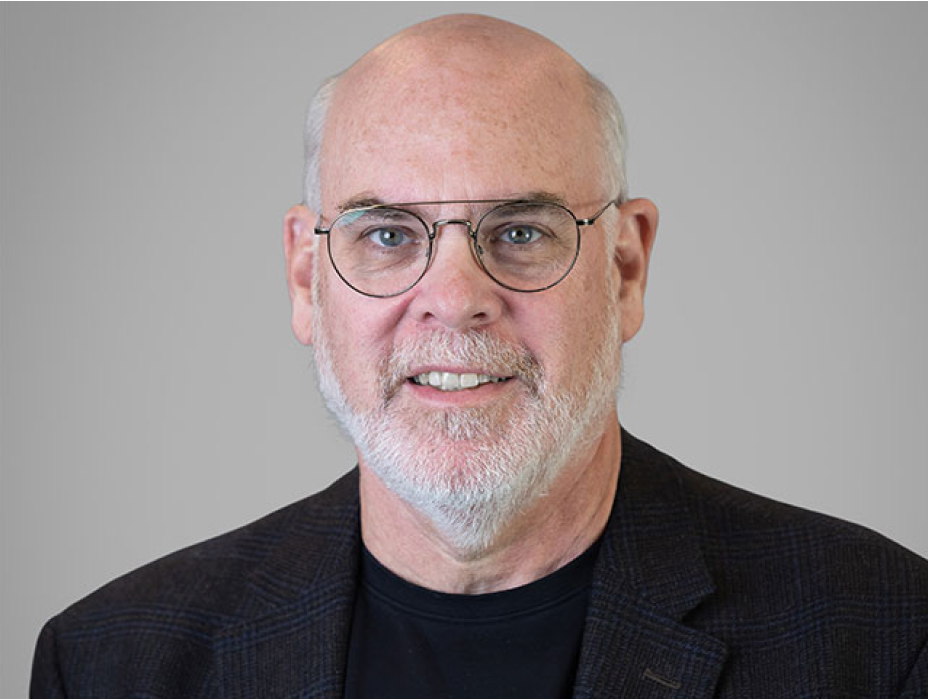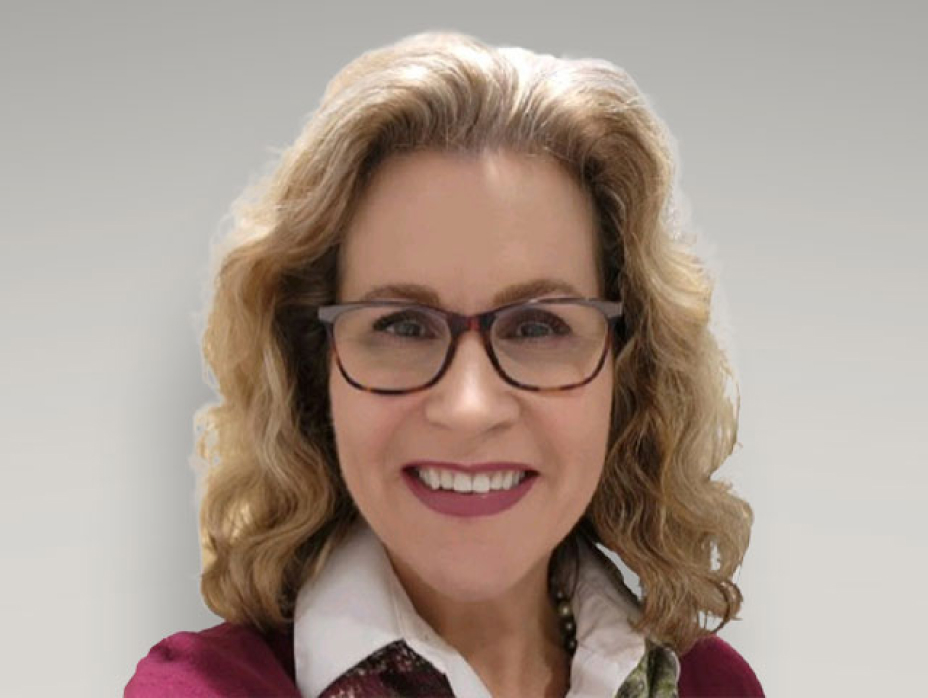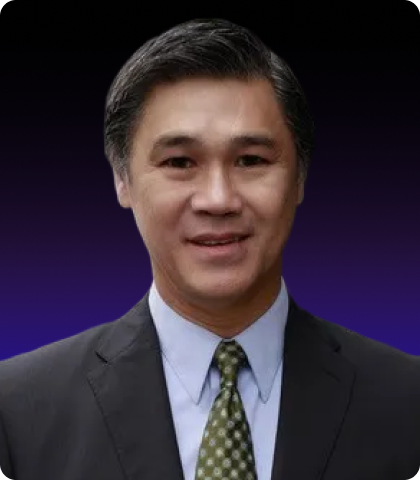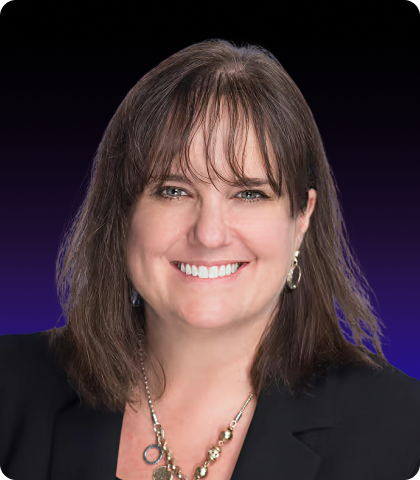Frank Pennachio has a sobering assessment of what he dubbed “the greatest opportunity in the entire insurance landscape.”
He was referring to self-funded health plans. But these rising stars of the insurance universe are not, he would have you know, “opportunities” for the reasons most agents have been led to think. They are, in fact, opportunities for benefit advisors and full service insurance agents to step in and save the day.
Pennachio, a consultant to insurance industry professionals, took aim at the rapidly growing self-funded health insurance market, focusing particularly on the troubling trend of small employers migrating to these complex arrangements without understanding the substantial risks they’re assuming.
“About 40% of employers with three to 99 employees are leaving fully insured and going to self-funding,” Pennachio said, citing a National Association of Insurance Commissioners statistic that he described as “frightening.” He revealed he had spoken directly with the NAIC official who provided the statistics, and regulators themselves are concerned about this migration.
The crux of Pennachio’s presentation wasn’t to dismiss self-funding entirely, but rather to expose what he characterized as systemic misinformation perpetuated throughout the sales process. The most egregious claim, according to Pennachio: the assertion that “self-funding is no riskier than a fully insured health plan.”
“That is just unequivocally, metaphysically wrong,” Pennachio stated emphatically. “That’s not an opinion. Even the Self-Insurance Association of America… will tell you it’s riskier and carries a lot more liabilities than fully insured.”
The fiduciary trap
Pennachio walked through the fundamental distinction between fully insured plans (where carriers assume the liability for covered claims) and self-funded plans, where employers remain legally responsible for claims covered under their plan document – regardless of whether their stop-loss policy reimburses them.
The profound disconnect between agents’ claims and real-world case studies reveals what Pennachio described as a dangerous liability trap. While agents typically present “worst-case scenarios” that only include administrative costs, stop-loss premiums, and expected claims with a risk corridor, they often fail to disclose substantial additional exposures:
- Denied stop-loss claims that could reach millions of dollars
- Excessive fees not covered under stop-loss
- ERISA violations and penalties
- Personal liability for fiduciaries
Most alarming, Pennachio said, is that these exposures can pierce corporate veils and attach personal assets. “How many 25-employee plumbers buying these level-funded plans are aware that now their personal assets are at risk?” Pennachio asked. “Not many.”
Dueling contracts in a fragmented system
Pennachio explained that many employers are blindsided by an intricate web of contracts, including the health plan document, stop-loss policy, claims administration agreement, employee handbook, and network agreements — all of which must align perfectly to avoid coverage gaps. And, as for that crucial alignment? Well, each agency with a hand in drawing up contracts would need to coordinate that. But they don’t.
To illustrate, he related a story about an agency in the Midwest struggling against competition from an MGA’s self-funded program. When performing due diligence, Pennachio requested copies of the plan document, stop-loss policy, and claims administration agreement.
“They said, ‘We can’t do that.’ I said, ‘Why not?’’ They said, ‘We only sell stop-loss. We never even see the plan.” Pennachio recounted,
Not my problem
This cavalier attitude toward obvious blind spots is just one of the many fragmentation issues that raise risks.
Here’s another: Pennachio tells of confronting the program manager of “hot shot stop-loss group captive program” whose approved TPA list featured what Pennachio called “exorbitant fees.” Faced with these ERISA-violating excessive fees, the manager’s response was blunt: “Not my problem. The employer signs the contracts, and I have no fiduciary responsibility.”
Stop-loss denial scenarios
Claims, therefore, that the stop-loss “mirrors” the plan document are risable according to Pennachio: “I don’t know what they mean by that because when I read the plan and the stop-loss, there’s holes big enough to drive a Mack truck through.”
These misalignments leave employers financially exposed, without their knowledge.
Pennachio detailed several common scenarios where stop-loss carriers can deny claims that are covered under the plan document due to misalignments between the health plan document and the stop-loss policy, claims administration agreement, or employee handbook :
- Eligibility misalignments – where employee handbooks, plan documents, and stop-loss policies have different definitions of eligible employees
- Illegal acts vs. felonies – where plans exclude coverage for felonies but stop-loss policies exclude all illegal acts, including misdemeanors
- Reasonable and customary payment differences — where TPAs and stop-loss carriers interpret “reasonable and customary” differently
Hidden fees and ERISA violations
The presentation highlighted numerous hidden fees not covered by stop-loss, with subrogation being particularly problematic. Pennachio described how employers can face fees of up to 30% on recovered funds – paid out of pocket – for the benefit of stop-loss carriers who get their money back.
He also cataloged common ERISA violations including:
- Failure to act in the best interest of the plan
- Not providing required disclosures, including compensation
- Inadequate monitoring of service providers
- Excessive fees
- Cybersecurity failures
- Gag clause attestation requirements
- Mental health parity compliance
The consequences for these violations can be severe: civil and criminal penalties, personal liability for fiduciaries, participant lawsuits, DOL audits, and class actions.
A call for transparency
Although Pennachio is not strictly anti-self-funding, he does feel it important to warn employers about the dangerous degrees of misrepresentation involved with them.
“I’m opposed to the way it’s being sold. I’m opposed to the way it’s being mismanaged. I’m opposed to the idea that more employers have everything they’ve built, possibly for generations, at risk unknowingly,” he said.
Citing Nobel Prize winner Daniel Kahneman, Pennachio suggested a strategic approach for agents marketing their plans to vulnerable employers: “People fear losses by far more than they value gains and they will change to you when you help them see they’re at a greater risk of loss.”
Rather than leading with potential savings in the traditional sales pitch, Pennachio advised agents to focus on the personal asset risk and complex liabilities many employers have unwittingly assumed. He advises opening with “would you be surprised to learn…?” or “If you were to discover…”
“Sunlight is the greatest disinfectant,” Pennachio said, quoting Supreme Court Justice Louis Brandeis’s famous epigram. “Let the employer decide.”
For agents looking to convert prospects currently on self-funded plans, Pennachio recommended a simple question: “Can you give me a copy of your stop-loss policy, your plan, and your claims administration contract?” The typical inability to produce these documents immediately reveals vulnerability.
Pennachio ended with an ominous analogy for those who dismiss these risks because they’ve never seen such catastrophic claims scenarios materialize: “I live in a community that hasn’t seen two hurricanes hit ever in the past hundred years, two weeks apart. Never seen that happen… Yeah, until you do. Until you do.”












